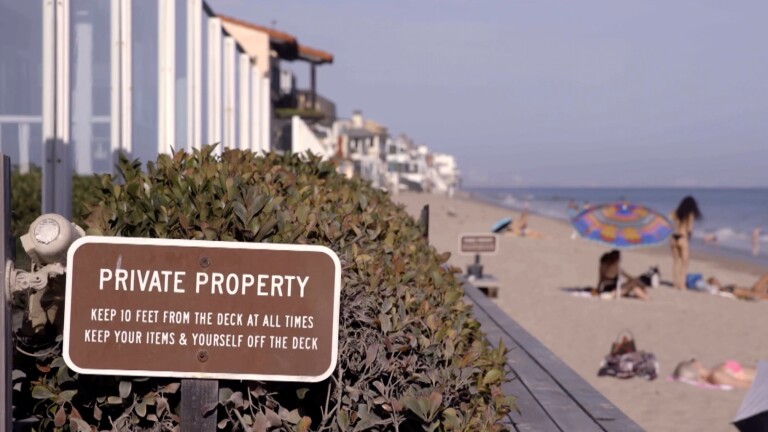Immigration 101: Sanctuary Cities
Sanctuary cities: what are they? The term “sanctuary” refers to a jurisdiction that limits how far local officials will go to help enforce immigration law.
Here’s an example what we are talking about:
When someone is arrested by local police and brought to jail, his or her fingerprints are run through a federal database. If immigration enforcement — or ICE — gets a hit, they can request the inmate be detained for 48 hours — that’s called an ICE hold.
One way some cities, counties and states become “sanctuaries” is this: they have decided to only honor ICE HOLDS for dangerous criminals or to limit information about release dates.
This is very controversial, the Trump administration argues that it allows for the release of dangerous immigrants. At the same time, several courts have said it's illegal to hold people longer than the law requires.
Finally, local police also fear the community will stop reporting and cooperating with crime-fighting efforts if police and ICE become indistinguishable. This is already starting to happen.
It’s also important to keep in mind, that being undocumented is not a crime.
39 cities, 364 counties and three states have adopted some sort of sanctuary policy. California is one of them.
The federal government is suing California, saying it must enforce federal immigration law. And a few counties — including San Diego and Orange — and some cities have voted to support the Federal lawsuit.























